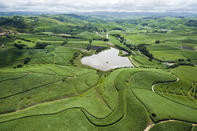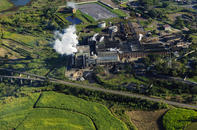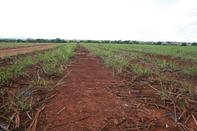Sugar cane is indigenous to Polynesia and made its way to India 8 000 years ago. It was discovered by the Persians after Emperor Darius invaded India, where he found the “reed which gives honey without bees,” as stated on the Sucrose Website.

A method for extracting sugar cane, around 600 BC, was developed by the Persians, a secret, which was broken around the seventh century, after the country was conquered by the Arab kingdom. Sugar production from there spread into Northern Africa and Spain along with the Arab kingdom’s expansions into new countries and even further into Europe along with the crusades in the 11th Century.
In Britain alone sugar was considered a luxury until the government removed sugar taxes around the 1870s. Today, many countries, including South Africa sugar production, have again introduced sugar taxes because of rising concern over the negative impact excessive consumption may have on people’s health.
Global Production
More than 180 countries produce either sugarcane or sugar beet, with sugar cane accounting for almost 80% of production, as reported by to the International Sugar Organisation.
Roughly ten countries account for more than 75% of the world’s production. However, not all of their sugar crops are used to make sugar. Brazil, for example, is the world’s largest sugar cane producer, but also uses sugar cane as the primary feedstock for ethanol production.
South Africa Sugar Production

Production Areas in South Africa

Production Season

Sugarcane is grown all year round, with the length of the growth (ratoon) cycle varying depending on geographic location and climate. In South Africa, sugarcane in irrigated areas is a 12-month crop, which reaches maturity for harvesting anytime between late February/early March until December.
In the rain-fed areas, the crop cycle is ideally around 15 months, also being harvested between March and December each year. In the higher altitude areas of the Midlands, the crop cycle extends from eighteen months to two years.